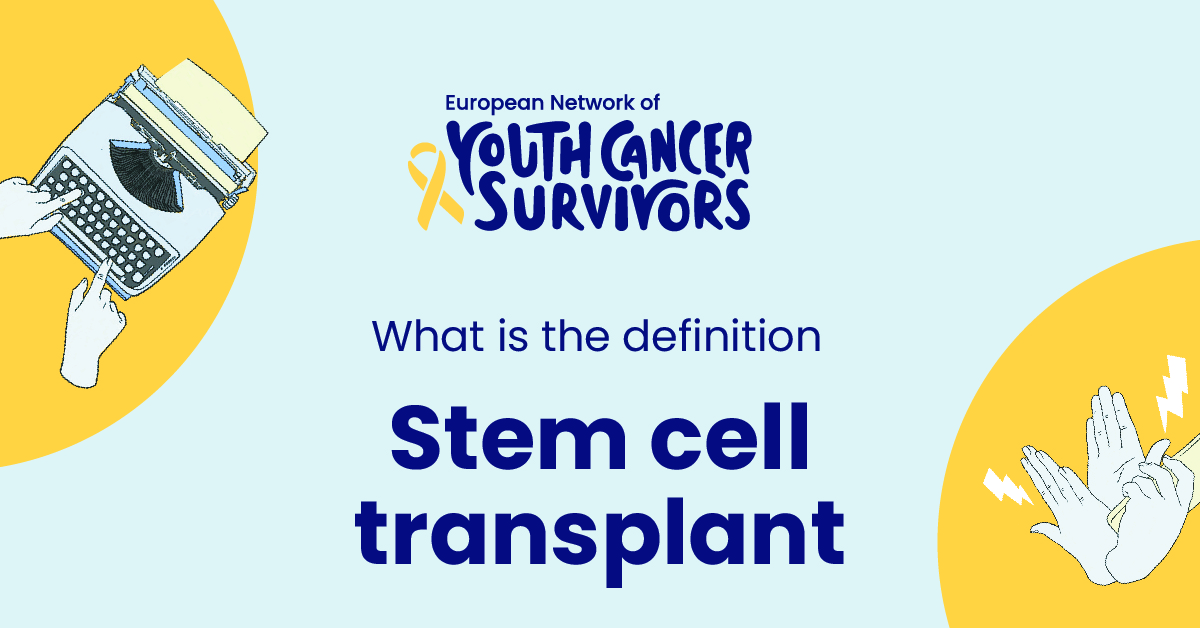
The human body is a complex system, but one of the most exciting areas of medical research revolves around the intriguing domain of stem cells. Stem cells are the body’s raw materials — cells from which all other cells with specialized functions are generated.
Among the many ways scientists are utilizing stem cells is through transplantation, which is being used to treat a myriad of diseases and has potential future applications that could revolutionize medicine as we know it.
Defining Stem Cell Transplant
A stem cell transplant, also known as a bone marrow transplant, is a procedure that infuses healthy cells, or stem cells, into your body to replace damaged or diseased bone marrow. Stem cell transplants are used to treat conditions such as leukemia, lymphoma, and multiple myeloma, among others. Two primary types of stem cell transplants exist: autologous and allogeneic.
Autologous transplants involve the use of a person’s own stem cells, which are harvested and stored before being returned to the body. Allogeneic transplants, on the other hand, involve the use of stem cells from a donor. The central science behind stem cell transplants lies in the fact that stem cells can grow into different cells in the body, aiding in the replacement of damaged or diseased cells or tissues.
The Process of Stem Cell Transplant
The stem cell transplant process is multifaceted, beginning with the extraction, or harvesting, of the stem cells. This is typically done either through bone marrow harvest or apheresis, a process that involves drawing out peripheral blood stem cells from the bloodstream.
Once harvested, the recipient undergoes a conditioning regime, which often includes high-dose chemotherapy or radiation therapy to destroy any remaining cancer cells and make room for the new stem cells in the bone marrow. This is followed by the transplantation of stem cells, and finally, the post-transplant recovery phase, which involves careful monitoring for any complications and signs of the new stem cells producing normal blood cells.
Get to know us better
If you are reading this, you are in the right place – we do not care who you are and what you do, press the button and follow discussions live

Applications of Stem Cell Transplants
Stem cell transplants are commonly used to treat conditions like leukemia, lymphoma, and other blood or bone marrow diseases. However, the potential applications of this medical advancement can stretch beyond these common conditions. Emerging applications in the field of regenerative medicine suggest that stem cell transplants could be used to generate healthy cells to replace diseased ones in conditions like Parkinson’s disease, spinal cord injuries, and type 1 diabetes, to name a few.
The Risks and Benefits of Stem Cell Transplants
While stem cell transplants offer transformative potential, they aren’t without risks. Potential side effects and complications can include infection, anemia, bleeding, graft-versus-host disease (in allogeneic transplants), and the potential of the disease returning (relapse).
In contrast, the benefits garnered from a successful transplant are profound. These include the potential for curing otherwise untreatable diseases, prolonged life expectancy, and improved quality of life. Many survivors attribute their second chance at life to these transplants.
Innovations and Future of Stem Cell Transplants
The field of stem cell research is exponentially expanding, with many promising advancements on the horizon. From the exploration of ‘off-the-shelf’ transplants using stem cells from cord blood or induced pluripotent stem cells to the development of gene-editing techniques such as CRISPR, the future holds immense potential.
Experts speculate that the future could bring more efficient and effective transplants, personalized stem cell therapies, and even applications in anti-aging and longevity research.
Conclusion
The prospect of stem cell transplants offers renewed hope for many patients worldwide, and this innovative field remains one of the most intriguing in medicine today. With ongoing research, technological advancements, and increasing success rates, the importance and potential of stem cell transplants are undoubtedly profound.
Frequently Asked Questions
1. How does a stem cell transplant work in the human body?
Stem cell transplants work by introducing healthy stem cells into the body to replace damaged or diseased bone marrow. These new stem cells can generate new, healthy cells, effectively replenishing the body’s ability to produce blood cells.
2. What makes a person a suitable candidate for a stem cell transplant?
A suitable candidate for a stem cell transplant typically has a condition that could be potentially cured or significantly improved by the process. The patient’s overall health status, the type and stage of the disease, and the availability of a suitable donor (if needed) are also considered.
3. How are stem cells collected or harvested for the transplant?
Stem cells are typically collected through two main procedures: bone marrow harvest, where the cells are collected directly from the bone, or apheresis, where peripheral blood stem cells are drawn out from the bloodstream.
4. What are the possible side effects of a stem cell transplant?
The possible side effects of a stem cell transplant can include infection, anemia, bleeding, graft-versus-host disease (in allogeneic transplants), and the risk of relapse of the original disease.
5. What recent advancements and innovations are driving the future of stem cell transplants?
Recent advancements shaping the future of stem cell transplants include the exploration of ‘off-the-shelf’ transplants, the development of gene-editing techniques, enhancing cell-processing protocols, and the potential for personalized stem cell therapies.

















Comments
Thank you. Comment sent for approval.
Something is wrong, try again later